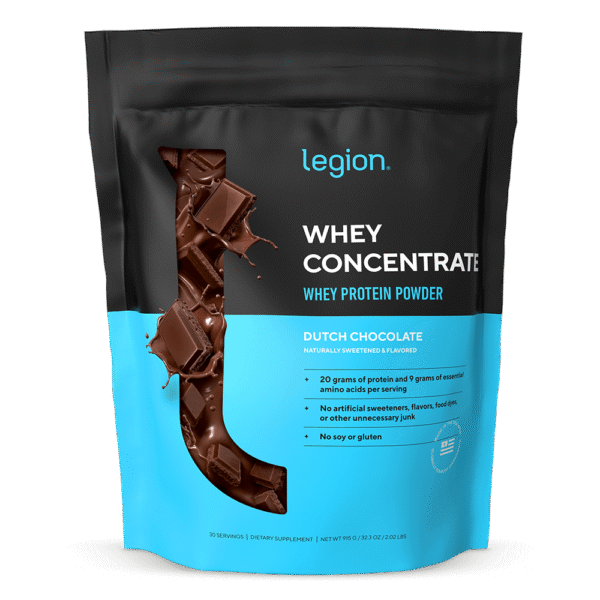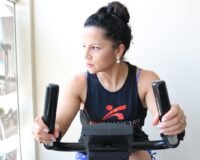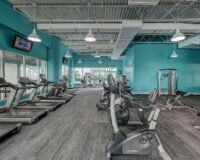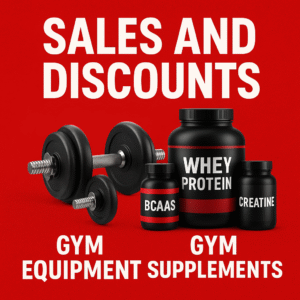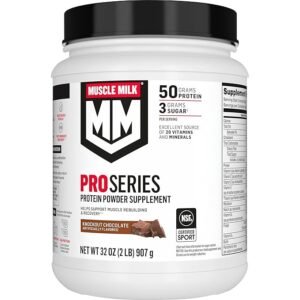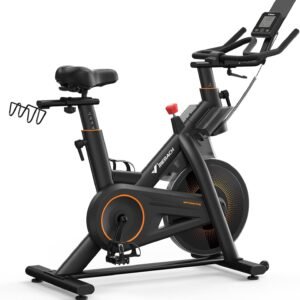Push/pull/legs 6-day routine
Push/pull/legs 6-day routine. A 6-day push/pull/legs (PPL) split is one of the most efficient ways to build muscle and strength if your recovery, sleep, and nutrition are on point. You hit every major muscle group twice per week with smart volume, keeping protein synthesis elevated and skill on the main lifts high.
Why a 6‑day PPL Works
Training push, pull, and legs twice weekly lines up well with research showing that most lifters grow best hitting each muscle around 2 times per week. This schedule balances a high weekly workload with enough rest between sessions for the same muscle group.
A 6‑day PPL also lets you distribute your weekly sets across more sessions, so you avoid marathon workouts while still accumulating 12–20 hard sets per muscle group per week, a range often recommended for hypertrophy. For intermediate and advanced lifters who recover well, this structure is both practical and scalable.
Legion Whey Concentrate Protein Powder
Weekly Schedule Overview
The classic 6‑day PPL layout:
- Monday – Push (chest, shoulders, triceps)
- Tuesday – Pull (back, biceps, rear delts)
- Wednesday – Legs (quads, hamstrings, glutes, calves)
- Thursday – Push (variation)
- Friday – Pull (variation)
- Saturday – Legs (variation)
- Sunday – Rest and active recovery
This gives 48–72 hours between sessions for the same pattern, which fits well with how long muscle protein synthesis stays elevated after training in trained lifters.
Training Guidelines and Volume
Most lifters grow well with about 12–20 hard sets per muscle group per week, spread across the two weekly sessions. On a 6‑day PPL that usually looks like 6–10 hard sets per muscle group per workout, depending on size (more for big groups like quads and back, less for arms and delts).
Use mostly compound lifts in the 5–10 rep range, then fill the rest with accessories in the 8–15 rep range. Take 1–3 sets per exercise close to failure (0–2 reps in reserve), and leave a bit more in the tank on big barbell lifts to manage fatigue across six days.

6‑Day Push/Pull/Legs Routine
Day 1 – Push (Heavy strength bias)
- Bench press – 3–4 sets × 4–6 reps
- Overhead barbell press – 3 sets × 5–8 reps
- Incline dumbbell press – 3 sets × 8–10 reps
- Weighted dips or machine press – 2–3 sets × 8–10 reps
- Lateral raises – 3 sets × 12–15 reps
- Overhead triceps extension – 3 sets × 10–12 reps
Day 2 – Pull (Heavy strength bias)
- Deadlift or rack pull – 3–4 sets × 3–5 reps
- Weighted pull‑ups or lat pulldown – 3 sets × 6–8 reps
- Barbell or chest‑supported row – 3 sets × 6–8 reps
- Seated cable row – 2–3 sets × 8–10 reps
- Rear delt fly – 3 sets × 12–15 reps
- Barbell or dumbbell curls – 3 sets × 8–10 reps
Day 3 – Legs (Heavy strength bias)
- Back squat – 3–4 sets × 4–6 reps
- Romanian deadlift – 3 sets × 6–8 reps
- Leg press – 3 sets × 8–10 reps
- Walking lunges – 2–3 sets × 10–12 steps/leg
- Standing calf raises – 3–4 sets × 10–15 reps
- Optional: core (planks, hanging leg raises) – 3–4 sets
CAP Barbell Power Racks and Attachments
Upgrade your home gym with the CAP Barbell Power Rack Series, the ultimate foundation for safe, powerful, and versatile strength training. Designed for athletes, fitness enthusiasts, and home gym owners who demand professional-grade durability.
Day 4 – Push (Hypertrophy/volume focus)
- Dumbbell incline press – 3 sets × 8–12 reps
- Machine chest press or push‑ups – 3 sets × 10–15 reps
- Seated dumbbell shoulder press – 3 sets × 8–12 reps
- Cable or dumbbell lateral raise – 3–4 sets × 12–15 reps
- Cable flyes – 2–3 sets × 12–15 reps
- Rope triceps pressdown – 3–4 sets × 10–15 reps
Day 5 – Pull (Hypertrophy/volume focus)
- Pull‑ups or lat pulldown (different grip) – 3–4 sets × 8–12 reps
- Single‑arm dumbbell row – 3 sets × 8–12 reps
- Seated cable row – 3 sets × 10–12 reps
- Face pulls – 3–4 sets × 12–15 reps
- EZ‑bar curls – 3 sets × 8–12 reps
- Incline dumbbell curls or hammer curls – 2–3 sets × 10–12 reps
Day 6 – Legs (Hypertrophy/volume focus)
- Front squat or hack squat – 3–4 sets × 6–10 reps
- Romanian deadlift or leg curl – 3 sets × 8–12 reps
- Bulgarian split squats – 3 sets × 8–10 reps/leg
- Leg extensions – 2–3 sets × 12–15 reps
- Seated calf raises – 3–4 sets × 12–15 reps
- Core (cable crunches, ab wheel) – 3–4 sets
Keep rest periods around 2–3 minutes on heavy compounds and 60–90 seconds on accessories to balance performance and density.
Progression and Recovery Tips
- Aim to add a rep or a small load (1–2.5 kg) each week on your main lifts while maintaining form.
- When progress stalls across most lifts and fatigue is high (poor sleep, nagging aches), pull volume back by 25–30% for a deload week.
- Sleep 7–9 hours, keep protein around 1.6–2.2 g/kg and calories at maintenance or a small surplus for best gains.

If recovery consistently feels poor, drop one accessory per day before touching your main lifts or overall split.
Advanced FAQ for a 6‑Day PPL Split
1. Is a 6‑day PPL too much for beginners?
Yes, for most true beginners six days is overkill. A 3‑ or 4‑day full‑body or simpler PPL is usually enough while you learn technique and build basic work capacity.
2. How long should each workout last?
Aim for 60–90 minutes. If you consistently go over 90 minutes, reduce the number of accessory movements or sets so you can keep intensity high on the key lifts.
3. Can I do cardio on this routine?
Yes. Add 2–3 low‑intensity sessions (20–30 minutes) after lifting or on rest day, and keep at least one day per week relatively light to avoid interfering with leg recovery.
4. What if I can train only 5 days?
Rotate the rest day. Example: Week 1 skip Saturday (legs 2), Week 2 skip Monday (push 1), and repeat, so across two weeks every day is trained roughly equally often.
CAP Barbell 2-Inch Olympic Bumper Plate Weight Set with 6 Post Rack
Take your home gym organization and training performance to the next level with the CAP Barbell 2-Inch Olympic Bumper Plate Weight Set, complete with a heavy-duty 6-post storage rack. This premium set includes durable, shock-absorbing bumper plates engineered for Olympic barbells, delivering the perfect combination of safety, functionality, and long-term reliability.
5. How many sets per muscle per week?
Most lifters do well with 12–20 hard sets per muscle per week, with smaller groups (biceps, triceps, side delts, calves) closer to the lower end and big groups (chest, back, quads, hamstrings) in the middle to upper end.
6. Should I train to failure on this plan?
Use failure sparingly. Keep big compound lifts 1–3 reps away from failure, and reserve true failure for some isolation work to manage joint and nervous system fatigue.
7. How long should I run this program?
As long as you are progressing and enjoying it. Many intermediate and advanced lifters run a 6‑day PPL year‑round, only cycling volume and exercise selection every 8–12 weeks to stay fresh and address weak points.
8. Can I cut while doing a 6‑day PPL?
Yes, but monitor recovery closely. In a calorie deficit, maintain load on your main lifts, drop a bit of volume (especially for isolation work), and prioritize sleep to protect muscle mass.
9. How do I adjust this for strength focus?
Push your primary lifts (bench, squat, deadlift, overhead press, row) into lower rep ranges like 3–6, keep total weekly sets similar, but reduce isolation volume slightly so you can handle heavier loads.
10. What are red flags that this is too much for me?
Persistent joint pain, sleep disruption, strength dropping for 2–3 weeks straight, and loss of motivation are signs that volume or intensity is too high for your current recovery. In that case, move to a 4‑ or 5‑day version or cut sets by 25–30% for several weeks


